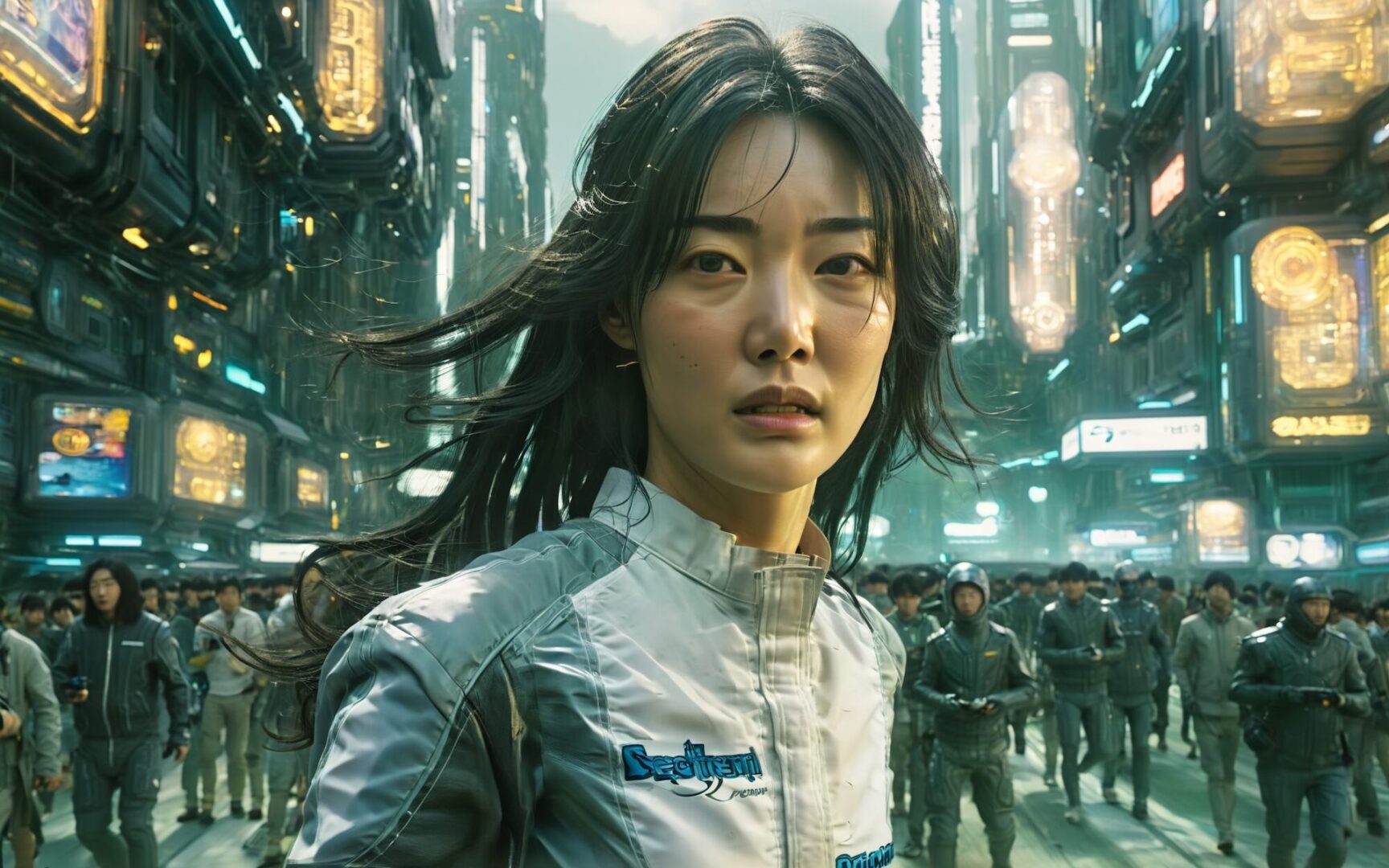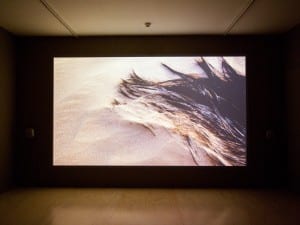Seoul-based Ayoung Kim (b. 1979) is at the forefront of digital innovation in contemporary art. She employs generative AI, video game engines and live-action footage to explore the relationships between data, humans and the environment. Over the past decade, her career has accelerated rapidly; she has become internationally recognised as a Prix Ars Electronica award-winner, with works held in the Tate and MMCA collections, and has exhibited at the Mori Art Museum, Palais de Tokyo, and the Venice Biennale, among others. Kim joins a generation of artists using new technologies in both celebration and critique, alongside figures such as Cao Fei, who builds digital worlds reflecting China’s rapid urbanisation, and Refik Anadol, a pioneer of data visualisation whose mesmerising works unfold and generate in real time.
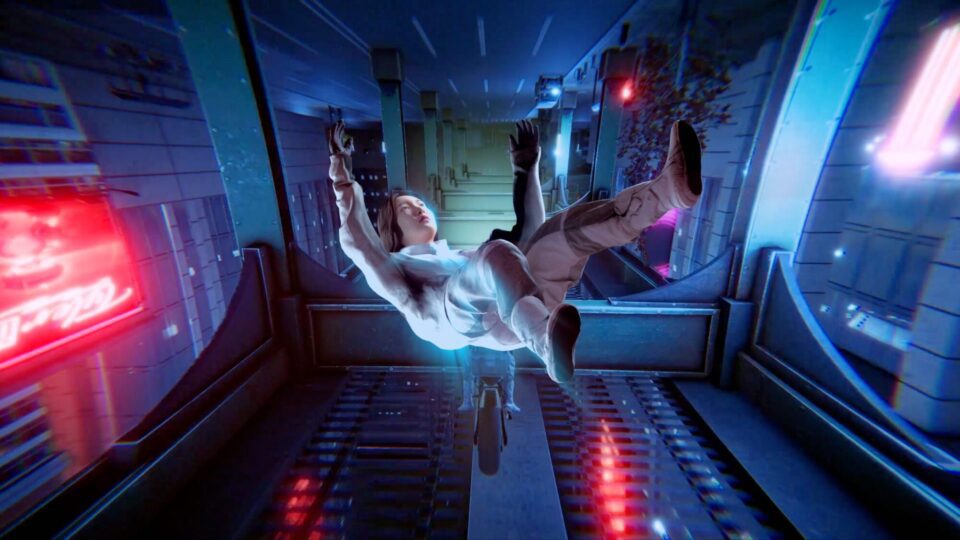
This month, MoMA PS1 presents the US premiere of Kim’s Delivery Dancer trilogy: three acclaimed video installations shown together for the first time. The first entry in the series, Delivery Dancer’s Sphere (2022), is set in a fictional version of Seoul and follows female delivery drivers En Storm and Ernst Mo – whose names are anagrams of “monster.” The film combines live-action footage of actors navigating real locations with endlessly regenerating routes, an urban labyrinth devised by an algorithm. Described by Kim as a “pandemic fiction,” the work centres on labour within the gig economy – encompassing short-term, flexible jobs, freelance work and independent contracting – which has surged in both Korea and the USA.
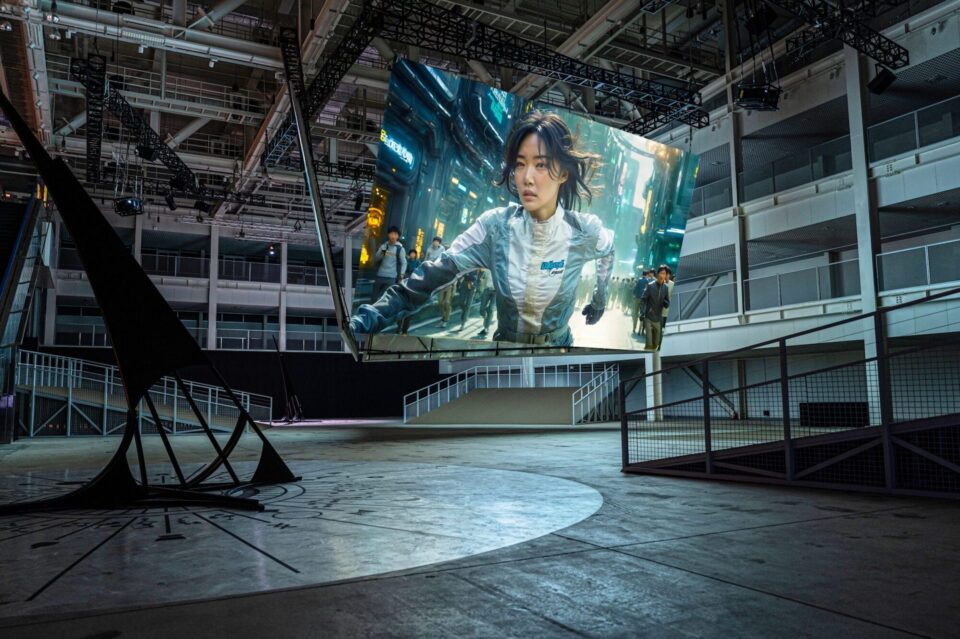
In 2024, Kim expanded the narrative with Arc: 0° Receiver, transporting the same characters into a “futurist multiverse,” where they are tasked with a new, more abstract objective: delivering time. The most recent chapter, Arc: Inverse (2024), continues this thread in the alternate universe of Novaria, where the protagonists must transport lost artefacts, including urban commodities, cultural antiquities, and, again, time itself. This monumental three-channel installation interrogates Western modernism’s erasure of alternative temporalities and worldviews through the standardisation of the Gregorian calendar. The story is conveyed via cyberpunk visuals: think Blade Runner, Akira or the photography of Liam Wong.
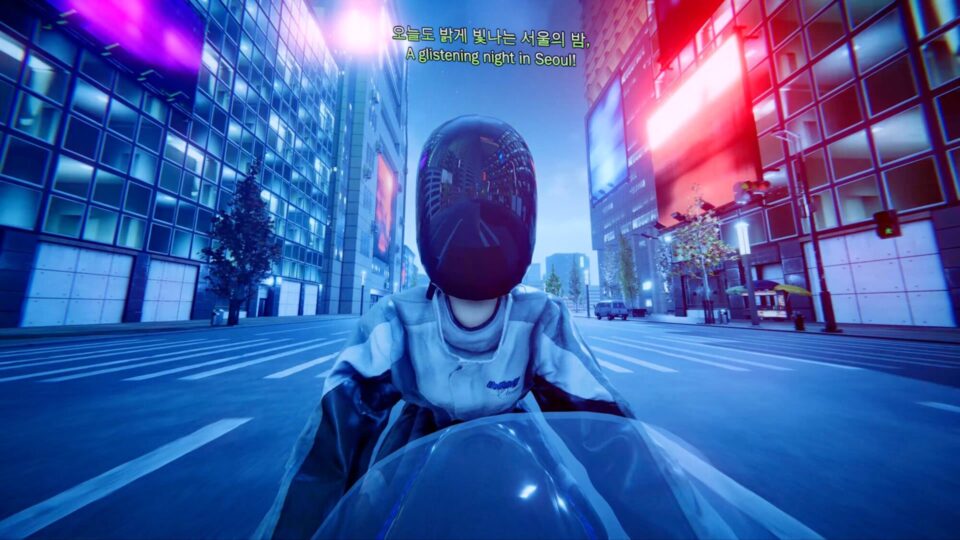
MoMA PS1 has been a defining force in New York City’s alternative art scene since 1976. Today, it “champions art and artists at the intersection of the social, cultural, and political issues of our time.” Its winter programme is no exception, featuring Gabrielle Goliath, who examines the impacts of patriarchal violence from Johannesburg to Kyiv; Vaginal Davis, a trailblazer in underground culture and queer politics; and Inuuteq Storch, who documents communities navigating the intersections of Inuit tradition, Danish colonial influence, climate crisis and globalisation. Alongside Kim, these shows build a vibrant portrait of contemporary art that is socially engaged, technologically innovative and globally resonant.
Ayoung Kim: Delivery Dancer Codex is at MoMA PS1, New York, 6 November – 16 March.
Words: Eleanor Sutherland
Image Credits:
1. Ayoung Kim. Delivery Dancer’s Arc: Inverse (still). 2024. Three-channel video, color, two-channel sound, lighting installation, random video playback and lighting synchronization control program, sundial sculptures, graphic sheets and circular screens (27 min). ACC Future Prize Commission. Courtesy the artist and ACC.
2. Ayoung Kim. Delivery Dancer’s Sphere. 2022. Single-channel video. 25 minutes. Courtesy the artist and Gallery Hyundai.
3. Ayoung Kim. Delivery Dancer’s Arc: Inverse. 2024. Installation view, ACC Future Prize 2024. Courtesy the artist and ACC.
4. Ayoung Kim. Delivery Dancer’s Sphere. 2022. Single-channel video. 25 minutes. Courtesy the artist and Gallery Hyundai.


